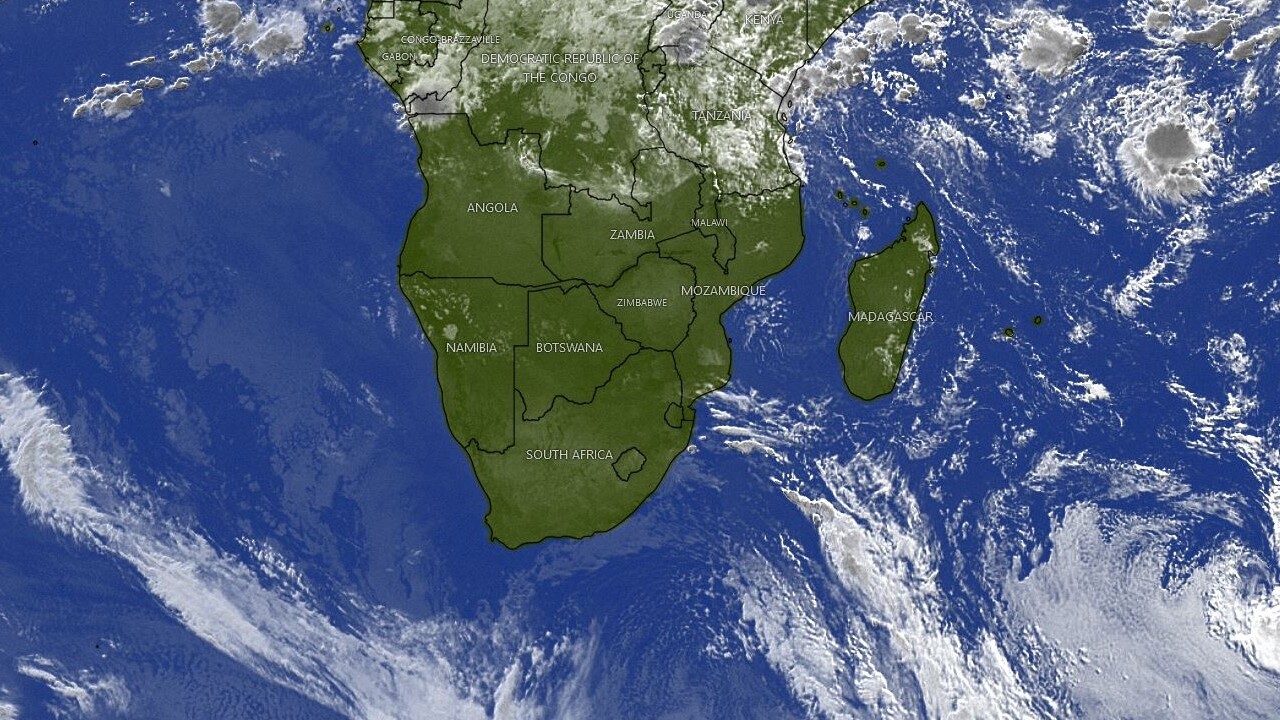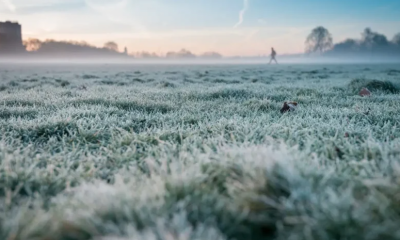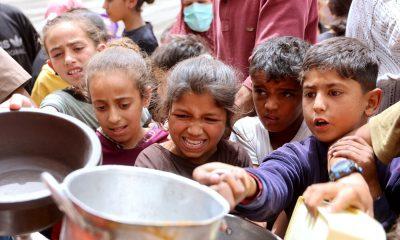News
Tips for Staying Warm and Safe in South Africa’s Cold Weather

Tips for Staying Warm and Safe in South Africa’s Cold Weather. The world is undeniably warming, but that doesn’t mean cold weather will disappear entirely. On the contrary, as the global average temperature continues to rise, the frequency, duration, and intensity of heat waves are increasing for most regions worldwide as reported by News Drum. However, climate systems that drive anomalously cold weather will continue to cause cold snaps globally into the 21st century, even as annual extreme cold events become less frequent and less intense, as expected in a warming world.
While people become more accustomed to a warmer world, they become less accustomed to these cold events and, therefore, more vulnerable. Exposure to cold temperatures can increase the risk of hypothermia, frostbite, and other cold-related illnesses like cardiovascular and respiratory diseases. This is especially true for people who are homeless, live in poorly insulated homes, or cannot warm their homes using heaters, hot water bottles, and electric blankets.
As South Africa enters winter, the first cold fronts have already reached the country’s southwestern regions of Cape Town, and the interior has started to experience cooler weather. Rolling blackouts, known as loadshedding, exacerbate the situation; loadshedding is often worst during winter due to the heightened pressure on the electrical grid as people try to heat their homes and keep lights on during the longer hours of darkness.
Researchers who have been exploring extreme temperature events and thermal comfort in South Africa have some advice on keeping oneself as warm as possible during the winter months. While South Africa is often marketed to tourists as a “sunny” holiday destination, its winters can be bitterly cold, particularly in mountainous regions like the Drakensberg-Maloti and the Cape Fold Mountains and in towns like Sutherland in the Northern Cape province.
Also Read: Winners of Miss Gauteng Exclusive 2023 Pageant are Crowned
Research has explored trends in extreme climate events over the past six decades. Using data from indices developed by expert teams from the World Meteorological Organisation, researchers have identified extreme cold events across South Africa’s nine provinces. Their research confirms that these events are occurring less often and for shorter periods than in previous decades. However, for some locations in the Western Cape, Eastern Cape, and North West provinces, these average trends do not hold true, and cold waves in these locations are increasing in duration.
An analysis of the Universal Thermal Climate Index outputs for Southern Africa over the period 1979 to 2021 confirms that large areas of the South African interior still experience slight cold stress from June to August, while the high-lying mountainous regions experience moderate cold stress in the middle of each year.
Recent extreme cold events have seen low temperatures and snowfall affecting various country regions. These events are a reminder of how dangerous extreme cold can be.
To mitigate the effects of extreme cold, it’s important to know your risks. For example, infants younger than one year lose body heat more easily than adults. In contrast, adults over 65 are more susceptible to extremely cold temperatures due to their slow metabolisms and levels of physical activity. In addition, people who spend longer periods outdoors, including homeless individuals, sportspeople, and outdoor workers, are at increased risk for cold-related health problems. However, everyone should take precautions to prevent cold exposure and minimize the risk of cold stress.
These precautions include limiting your time outdoors, dressing warmly, closing windows and gaps in doorways and window frames that could be letting in the cold, insulating homes and buildings to reduce the need for heating, intensifying physical activity, investing in extra and thicker blankets, and staying informed and monitoring local media about the latest weather updates and warnings.
In addition to these individual measures, broader policy solutions can help mitigate the impact of loadshedding during extreme cold weather. These solutions include increasing investment in renewable energy, improving the electricity grid’s efficiency, and implementing targeted measures to support vulnerable populations and communities during loadshedding periods, such as by providing shelters and soup.
Also Read:
Photo: Facebook / @South African Weather Service






















